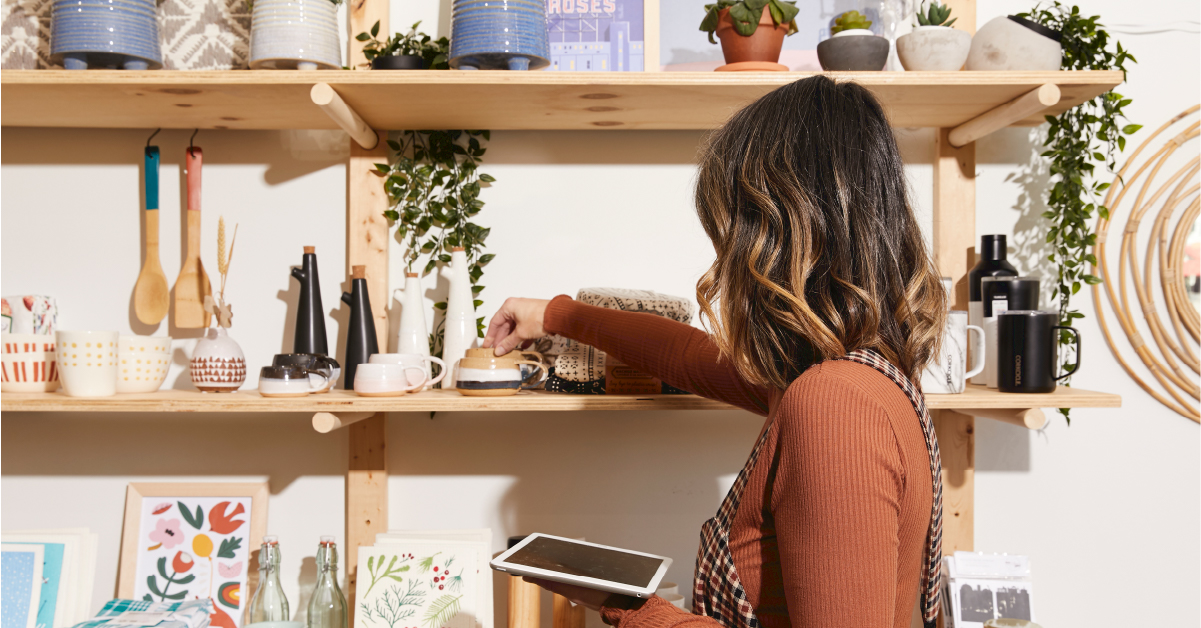In the bustling world of retail, creating an appealing and strategic shop display can significantly impact customer engagement, purchase decisions, and overall sales. The art of item placement goes beyond mere aesthetics; it delves into the realm of psychology, leveraging human behaviors and cognitive processes to drive customer interest and conversions. It is better to hire professionals such as retail shopfitters UK for this purpose. In this article, we will explore six psychological insights into effective shop display strategies with item placement and how they can be harnessed to enhance the shopping experience.
You should also read:
The Power of Primacy and Recency:
The serial position effect, known as the primacy and recency effect, plays a crucial role in shop displays. People tend to remember the first and last items they encounter more vividly than those in the middle. Leveraging this insight, strategically place your most enticing and high-margin products at the beginning and end of your displays. These prime spots ensure that customers’ attention is captured right from the start and leaves a lasting impression as they depart.
Visual Hierarchy and the Golden Triangle:
Human eyes naturally follow certain patterns when scanning a display. One such pattern is the “golden triangle,” an imaginary shape formed by connecting key focal points: the top left corner, the top right corner, and the bottom center. Effective shop displays take advantage of this visual hierarchy by placing essential or eye-catching items within this golden triangle. This technique ensures that customers’ gazes are naturally drawn to the most critical elements, increasing the likelihood of engagement and purchase.
The Rule of Symmetry and Balance:
Symmetry and balance are aesthetically pleasing and psychologically reassuring. Implementing symmetrical arrangements in your shop display can create a sense of order and harmony, making customers feel more comfortable and inclined to explore further. By arranging items in pairs or mirroring displays, you create a subconscious perception of equilibrium that can enhance the overall shopping experience.
Decoy Effect and Anchoring:
The decoy effect, also known as the “asymmetric dominance effect,” involves introducing a third option that makes one of the other two options more attractive. By strategically placing a higher-priced item next to two lower-priced alternatives, you create an anchoring effect. Customers are more likely to perceive the middle option as a better deal, thus boosting sales of that item. This psychological insight capitalizes on customers’ tendency to compare choices and opt for perceived value.
Color Psychology and Emotional Connection:
Colors evoke emotions and influence behavior, making them powerful tools for shop displays. Consider the psychological associations of different colors and use them strategically to convey the desired message. Warm colors like red and orange can evoke feelings of urgency or excitement, encouraging impulse purchases. Cool colors like blue and green promote a sense of calm and trust, making them suitable for more contemplative purchases. Combining colors that complement your brand and products can create a cohesive and emotionally resonant shopping environment.
Scarcity and Fear of Missing Out (FOMO):
Scarcity triggers the fear of missing out (FOMO) and taps into customers’ desire for exclusivity and uniqueness. Place limited-stock or exclusive items in prominent positions within your display. Highlight their scarcity through signage or labels, emphasizing that these items are available for a limited time or in limited quantities. This creates a sense of urgency and compels customers to act quickly, leading to increased sales and a sense of achievement for having secured something valuable.
In the competitive landscape of retail, effective shop display strategies can make all the difference in attracting customers, driving engagement, and boosting sales. By harnessing psychological insights into items placement, retailers can create visually appealing, emotionally resonant, and strategically optimized displays. From leveraging the power of primacy and recency to capitalizing on the decoy effect and color psychology, these insights offer a roadmap to transform your shop into a captivating and successful retail destination. As you implement these strategies, remember that understanding your target audience and their preferences is essential, allowing you to tailor your displays to evoke the desired emotions and behaviors, ultimately leading to a more fulfilling shopping experience for your customers.

